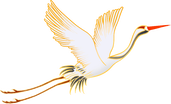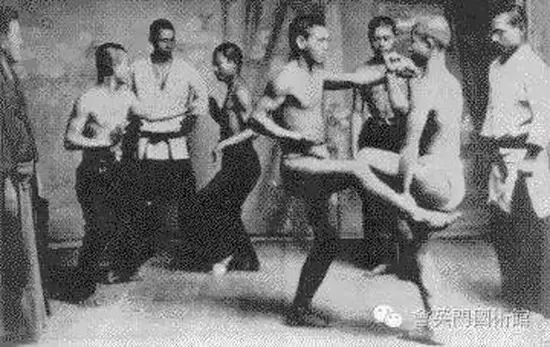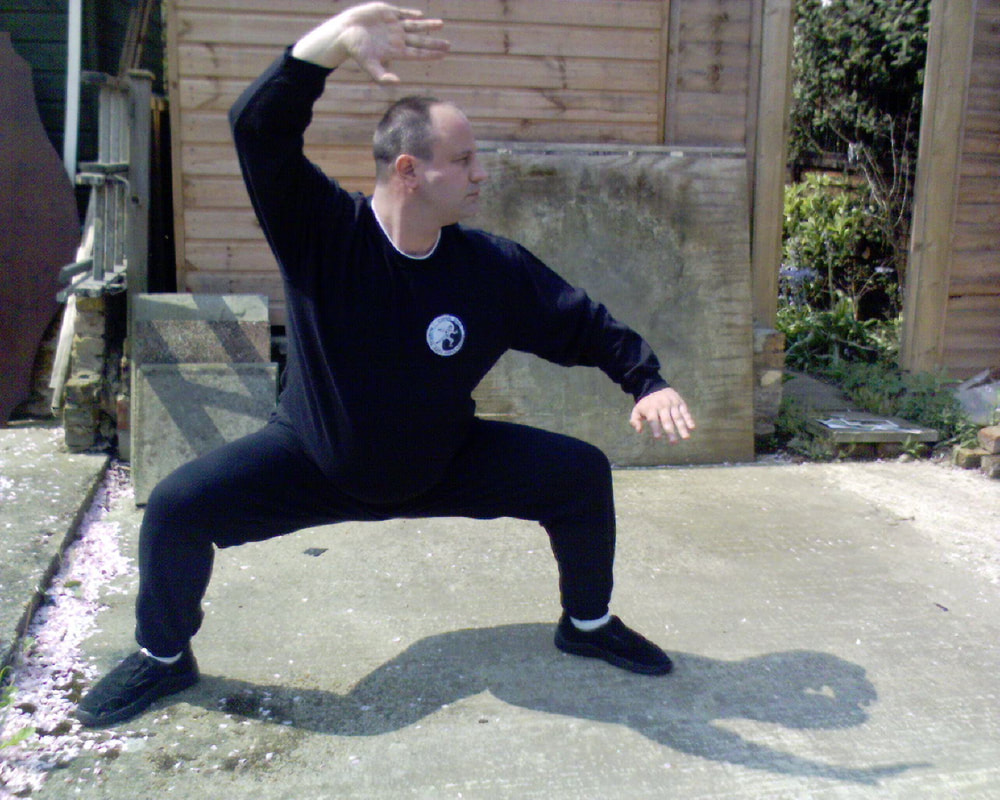1) 'Geki Sai (击碎) Dai Ichi' - Hit & Destroy Number 1
2) 'Geki Sai (击碎) Dai Ni' - Hit & Destroy Number 2
Or 'Geki Sai' Kata 1 & 2. This name means to 'Hit' and 'Destroy' and these two Kata were developed around 1937 to prepare the minds and bodies of college students for military service. Although there are many versions of the history behind the development of these Kata - one theory suggests that the technical principles are derived from the 'Arahant Fist' (羅漢拳 - Luo Han Quan) Style of Shaolin 'Southern Fist' (南拳 - Nan Quan) Chinese gongfu!




 RSS Feed
RSS Feed